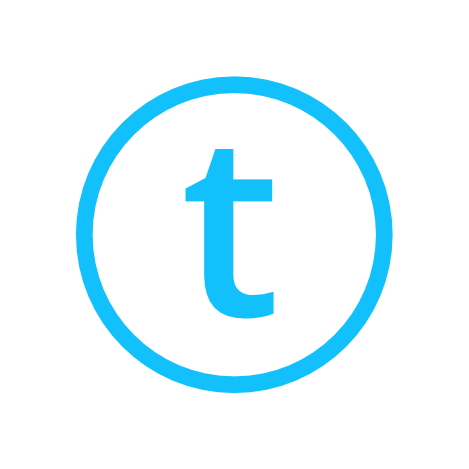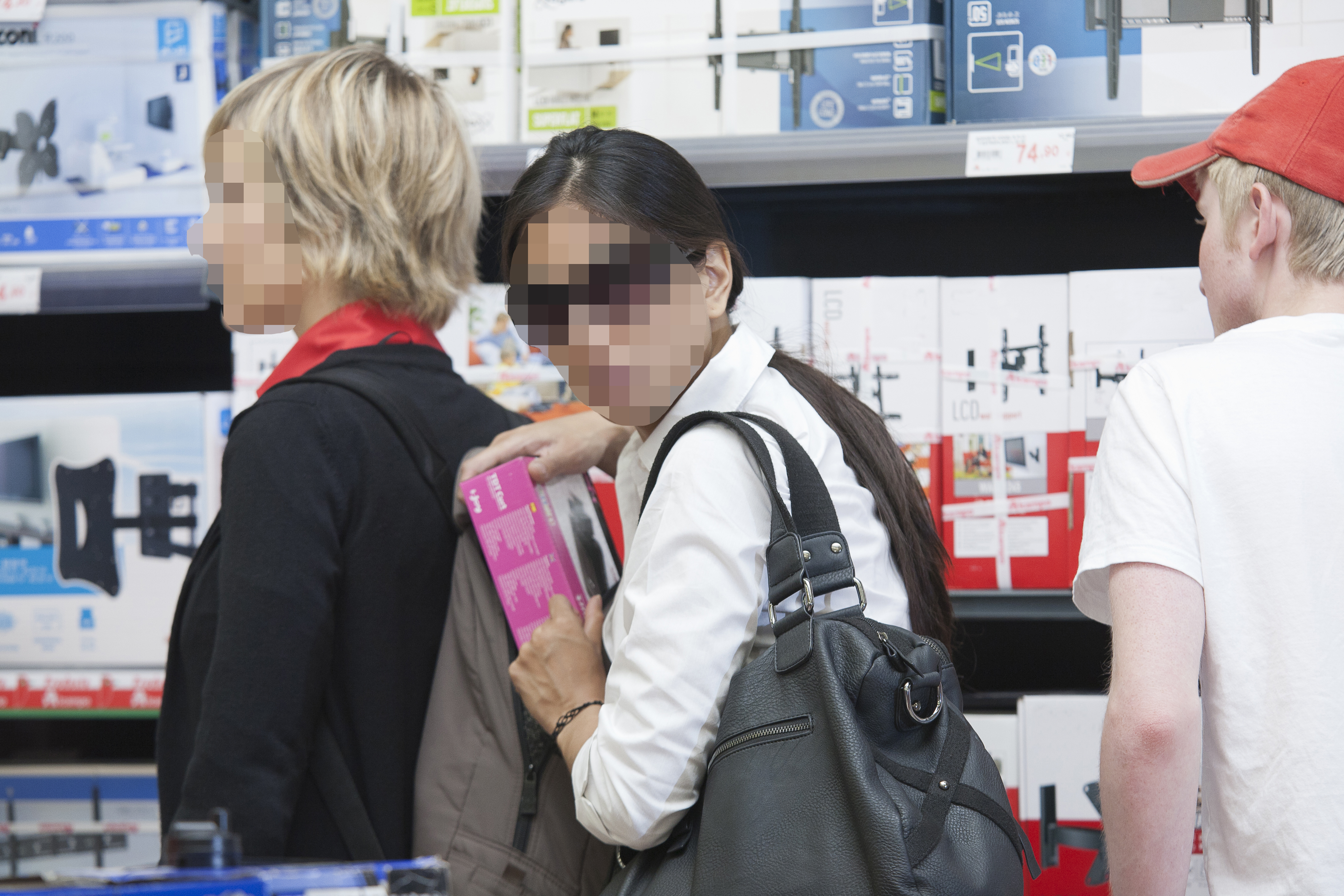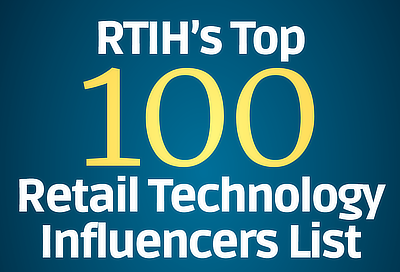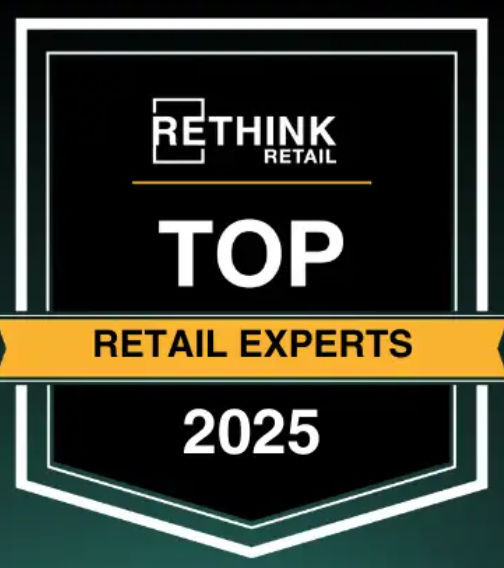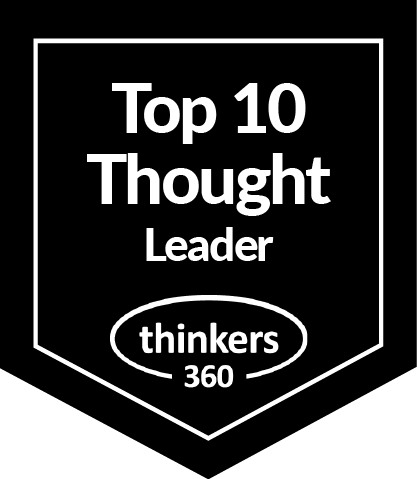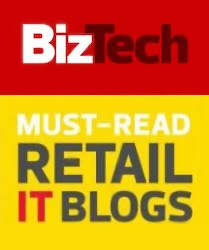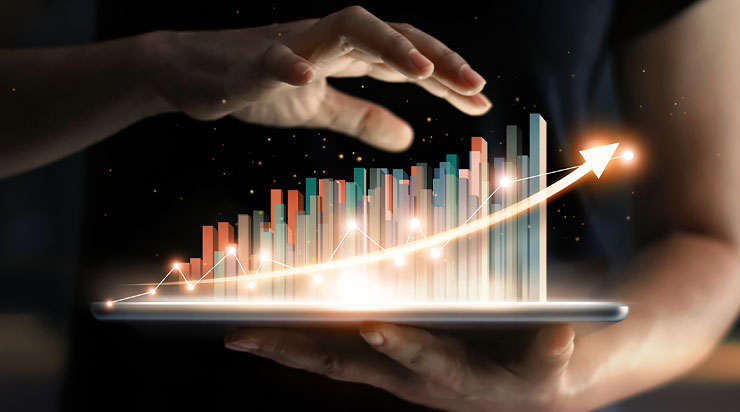Blog
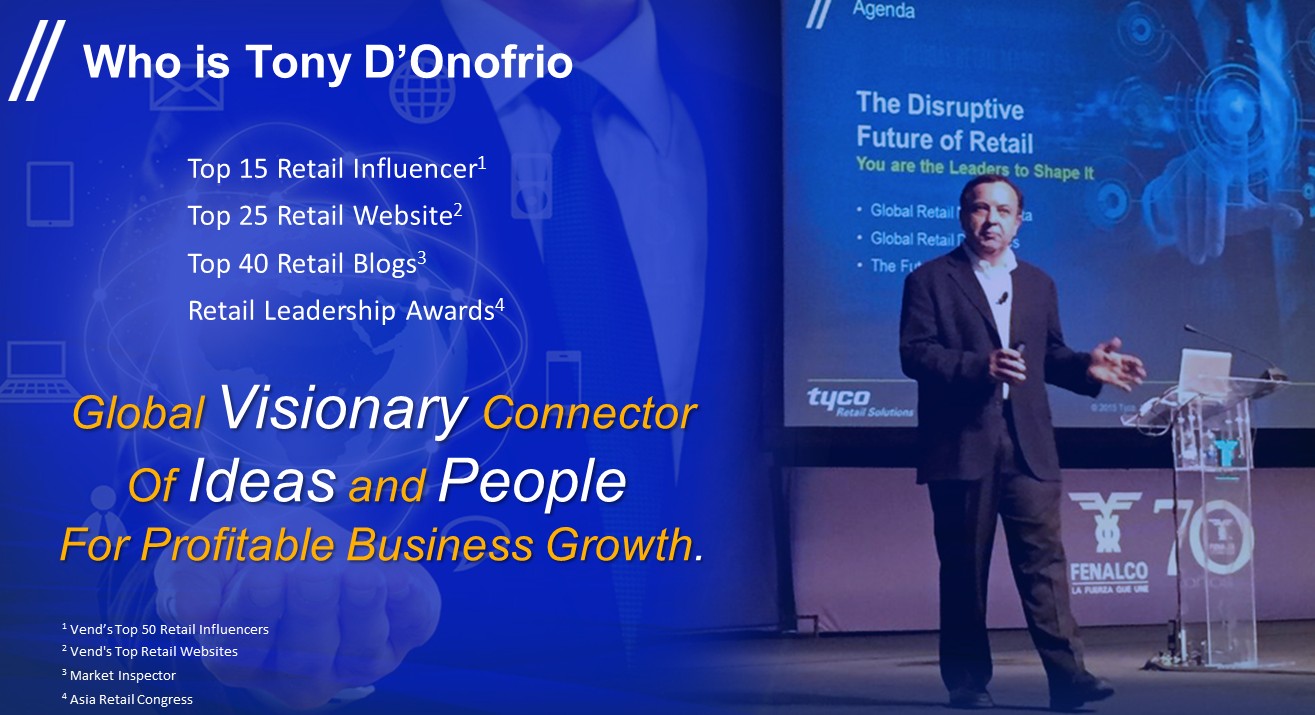
Two weeks ago, had the pleasure of speaking to the Board of Directors at two major Brazil apparel retailers. An updated view on "The Disruptive Future of Retail" was the message. Very pleased that audience was engaged, embracing of the disruptive trends discussed, and had lots of questions on their direct impact in the Brazil retail market.
The Disruptive Future of Retail
- Details
"We want people to be able to use those (Frequent Flyer) miles not to fly for free but to control your experience." - Glen Hauenstein, Delta Airlines President (March 2016)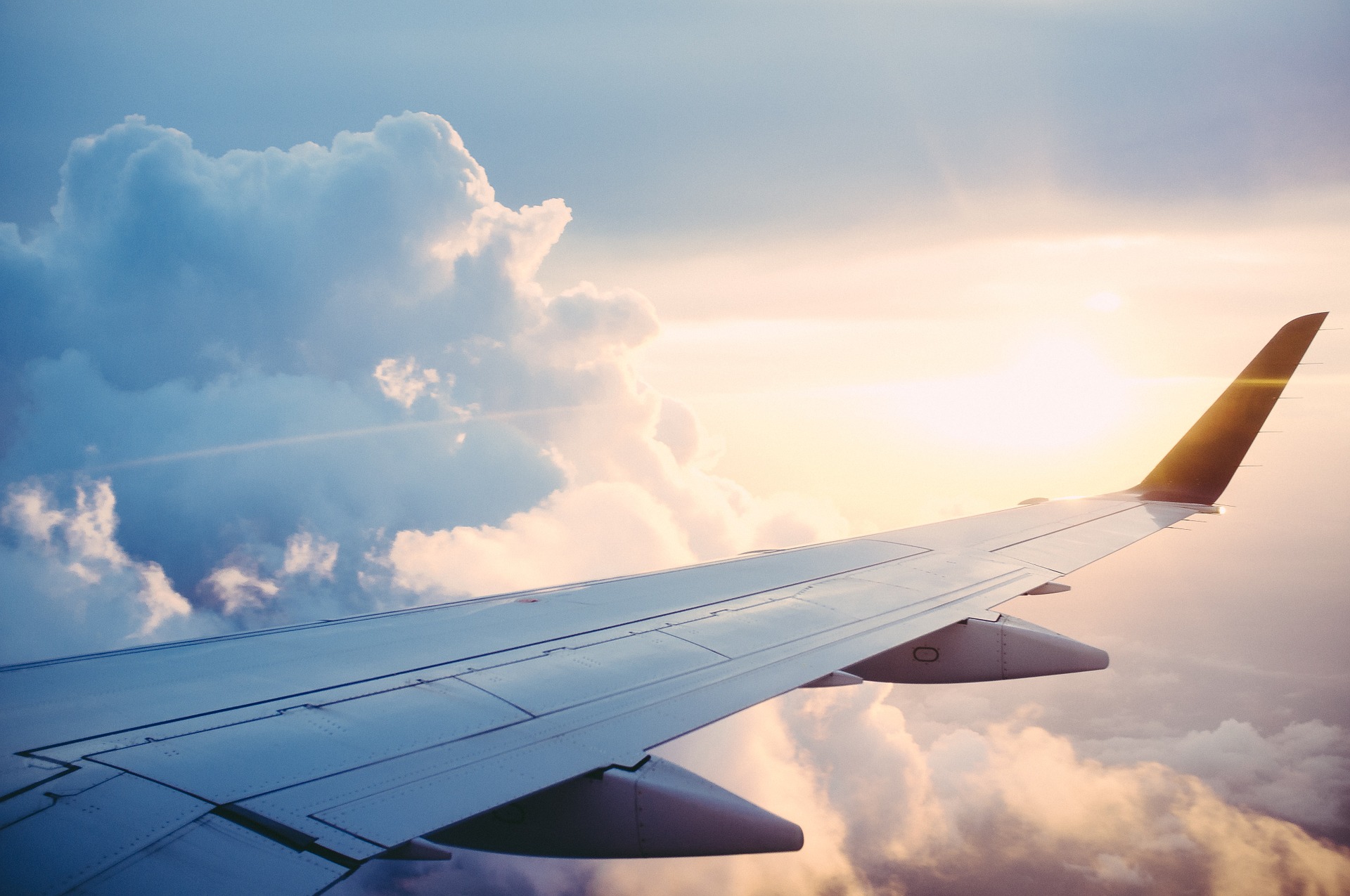
American Airlines is credited with the development of the first loyalty program in 1981. "What distinguished the airline program, and made them the most successful marketing program ever, was a winning combination of the psychological and the financial - the lure of travel (quintessentially aspirational) and the return-on-investment value of the awards (because they awarded unsold seats, the real cost to the airline was miniscule)."
Retailers were not far behind in adapting loyalty programs to increase brand value.
Thirty five years later, it's interesting to contrast the evolution and current state of loyalty programs in both the airline and retail industries.
- Details
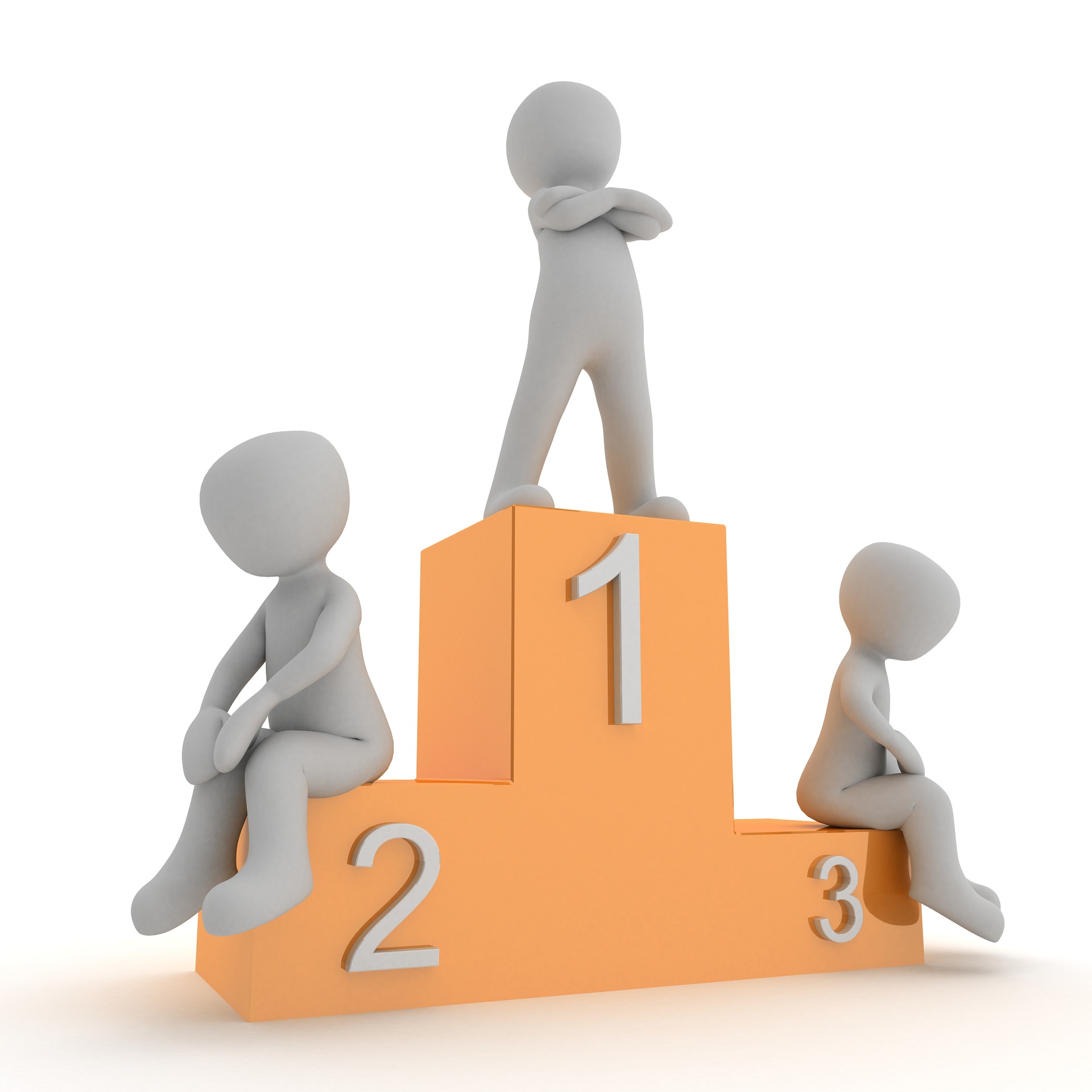
Have been debating for some time the top 3 retail technology inventions of all time. From history, a few of the candidates considered:
Shopping Mall - The first shopping mall was built in Milan between 1865 and 1877. The Galleria is named after the first King of Italy, Vittorio Emanuele II.
Coupons - In 1888, Coca-Cola created the first coupon that could be redeemed for their new beverage.
Loyalty Card - American Airlines is credited with the development of the first loyalty program in 1981.
CCTV - Germany used CCTV systems in the development of V-2 rockets to monitor launches during World War II.
Credit Card - John Biggins, a New York Banker, introduced the "Charge-It" card in 1946.
- Details
The Innovation Ascendancy of Asia
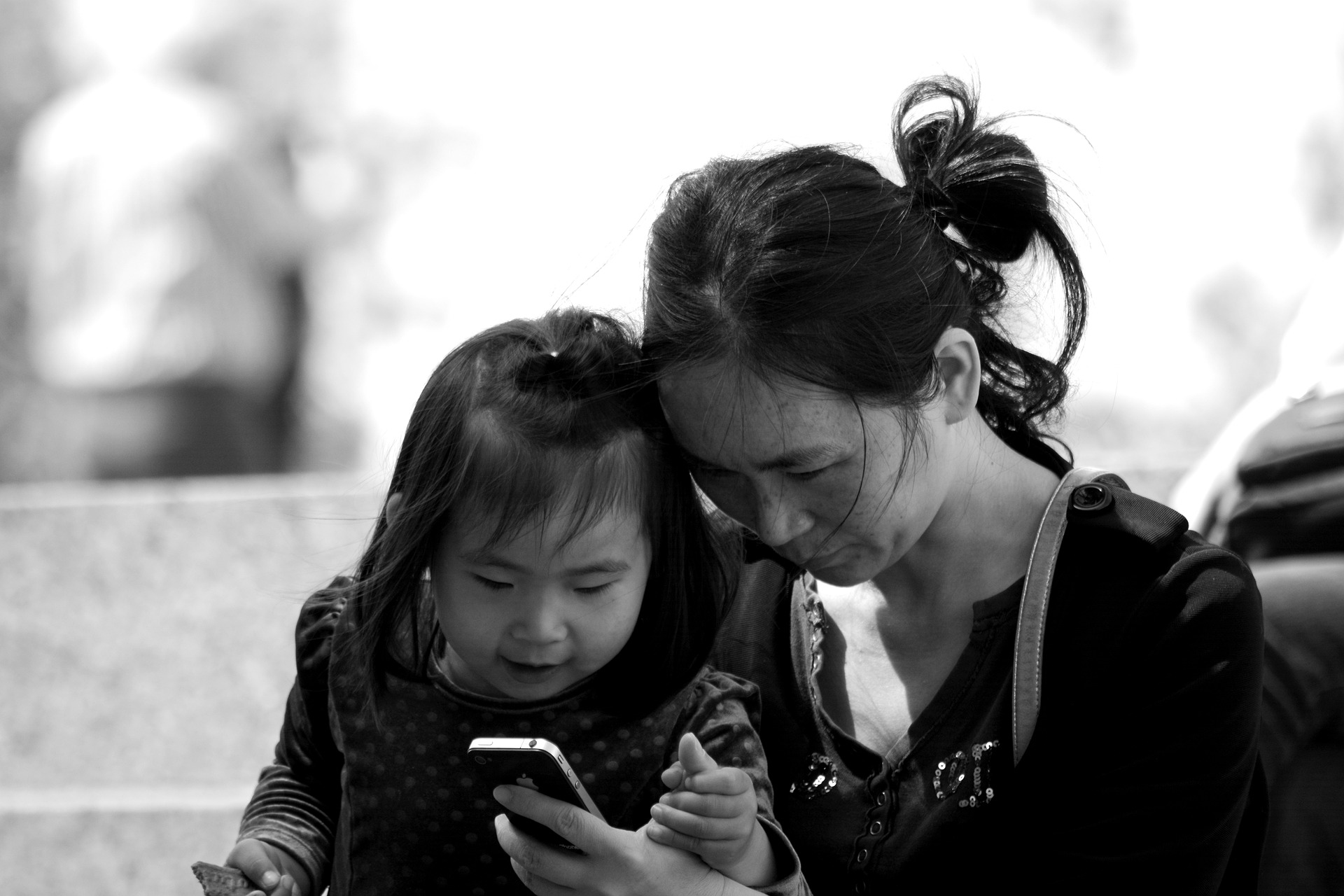 A favorite annual report is AT Kearney's Global Retail Development Index (GDRI). The 15th annual edition is titled 'Global Retail Expansion at a Crossroads'.
A favorite annual report is AT Kearney's Global Retail Development Index (GDRI). The 15th annual edition is titled 'Global Retail Expansion at a Crossroads'.
2016 GDRI Emerging Markets Insights
"Retail in developing countries has seen excellent growth. While the developing world population has grown 21% to 6.2 billion, retail sales in those markets have grown more than 350% and now represent more than half of total global retail sales." China, India, Malaysia, Kazakhstan, and Indonesia are the top five countries in the 2016 GDRI index. Driven by large populations and high growth, four out of the top five countries are in Asia.- Details
 Last week had the pleasure of being the Master of Ceremonies at the celebration of the 50th Anniversary of the founding of Sensormatic. Over 300+ current employees and a large number of alumni gathered in Boca Raton to honor the legacy of a very successful retail loss prevention brand.
Last week had the pleasure of being the Master of Ceremonies at the celebration of the 50th Anniversary of the founding of Sensormatic. Over 300+ current employees and a large number of alumni gathered in Boca Raton to honor the legacy of a very successful retail loss prevention brand.
I must admit that I was initially skeptical on the need to celebrate the past as my focus has always been on driving a positive future. This hesitation was reinforced by a recent article titled 'Why Steve Jobs Turned Down The Idea Of A Big 30th Anniversary Party.' "Apple is focused on the future, not the past," said Jobs.
50 years is a major milestone. Reflecting on the history of Sensormatic and its impact on retail loss prevention, it's an important time to assess the lessons of the past and celebrate the promising future ahead.
Vision, customers first, and teamwork are the strategy elements to the Sensormatic brand successful first half century.
Vision
- Details
Last week, I had the pleasure to attend a two-day Executive technology briefing at Microsoft headquarters in Redmond. A highlight was the retail technology tour where the latest 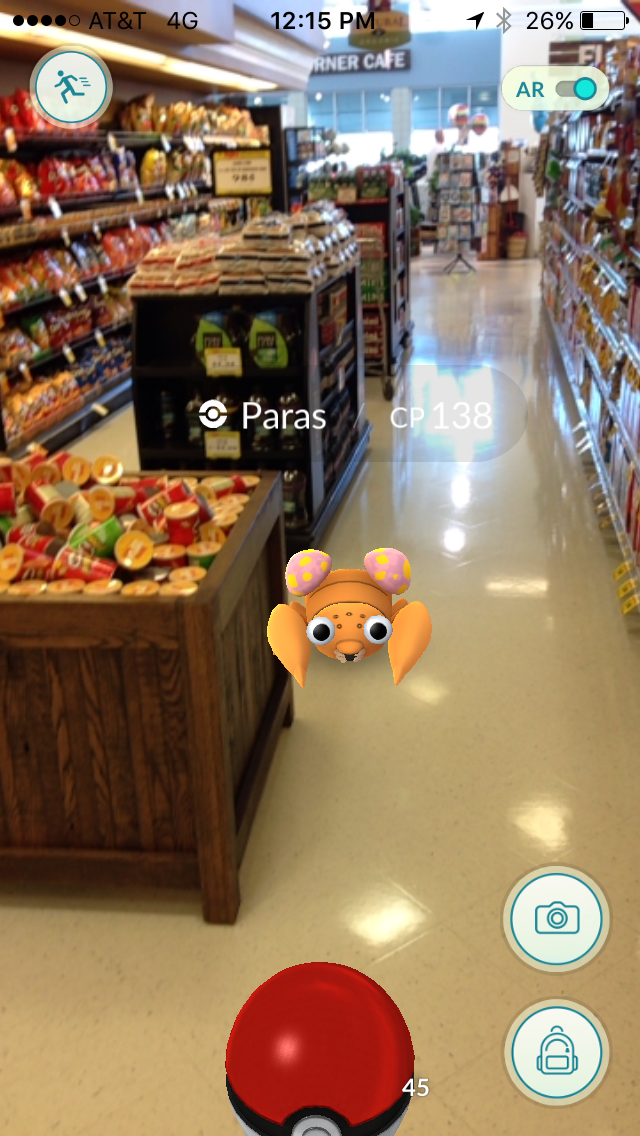
Concurrently to my visit to Microsoft, Pokemon Go continued its meteoric rise in becoming one of the most successful mobile games of all time. As of Monday, July 11th, Pokemon Go was seeing about 21 million daily active users, making it the biggest mobile game in USA history.
Just as impressive is the amount of time that each individual is playing with the app. The average iPhone user spent 33 minutes on the Pokemon Go app, "whereas only 28 minutes on the Facebook app, 18 minutes on Snapchat app, 17 minutes in the Twitter app, and 15 minutes in the Instagram app."
The Psychology of Pokemon Go
- Details
Highlights from Two New USA Retail Theft Studies
NRF's National Retail Security Survey
The 2016 USA National Retail Security Survey (NRSS) is jointly conducted by the Dr. Richard Hollinger of the University of Florida and the National Retail Federation (NRF). This year's survey had responses from 80 retailers.
In 2015, the average overall shrink rate was 1.38% of sales which cost the USA retail economy $45.2 billion. For the grocery sector, retail shrink increased from 3.2% to 3.6%. Specialty men's and women's apparel shrink was at 1.2%. Discount, mass merchandise, or super center retailers shrink was at 1.1%.
- Details
"The secret of getting ahead is getting started." - Mark Twain
Over the last several years, I have embarked on a focused journey to develop a global personal brand. The initial inspiration was Apple's discerning attention on simplicity in both their hardware and software which disrupted multiple industry sectors and revolutionized personal computing.

The insight was transitioning Apple's level of continuous innovation to the personal level. Formula elements that coalesced to shape my brand definition included constant career re-assessments, an interesting mix of personal passions, global leadership skills, and the recognized importance of staged goals for success.
- Details

As the internet is the primary foundation for industry disruption, every year I look forward to Mary Meeker's latest trends report.
Global Internet Growth is Slowing
The internet global population is now at 3 billion. Overall growth is flat at 9% year on year. Excluding India, global internet growth was only 7%. This contrasts to 2009 when the internet was growing at over 15% per year.
India now has 277 million people on the internet, growing at 40% in the last reported year. In 2015, India passed USA to become the number two global user market behind China.
- Details
 "A business based on brand is, very simply, a business primed for success" - David F. D'Alessandro
"A business based on brand is, very simply, a business primed for success" - David F. D'Alessandro
Forbes recently published the latest list of the Top 100 World's Most Valuable Brands. By the numbers, following are key insights from the 2016 edition:
Top countries: USA (52 brands), Germany (11), Japan (8), France (6), Switzerland (4).
Top Industries: Technology (17), Financial Services (13), Automobile (12), Consumer Package Goods (10), Luxury (8), Retail (8).
Biggest Gainers: Facebook (44%), Netflix (31%), Google (26%), Amazon (25%), Citi (19%).
Biggest Losers: IBM (-17%), Coach (-13%), Caterpillar (-11%), Siemens (-8%)
- Details

